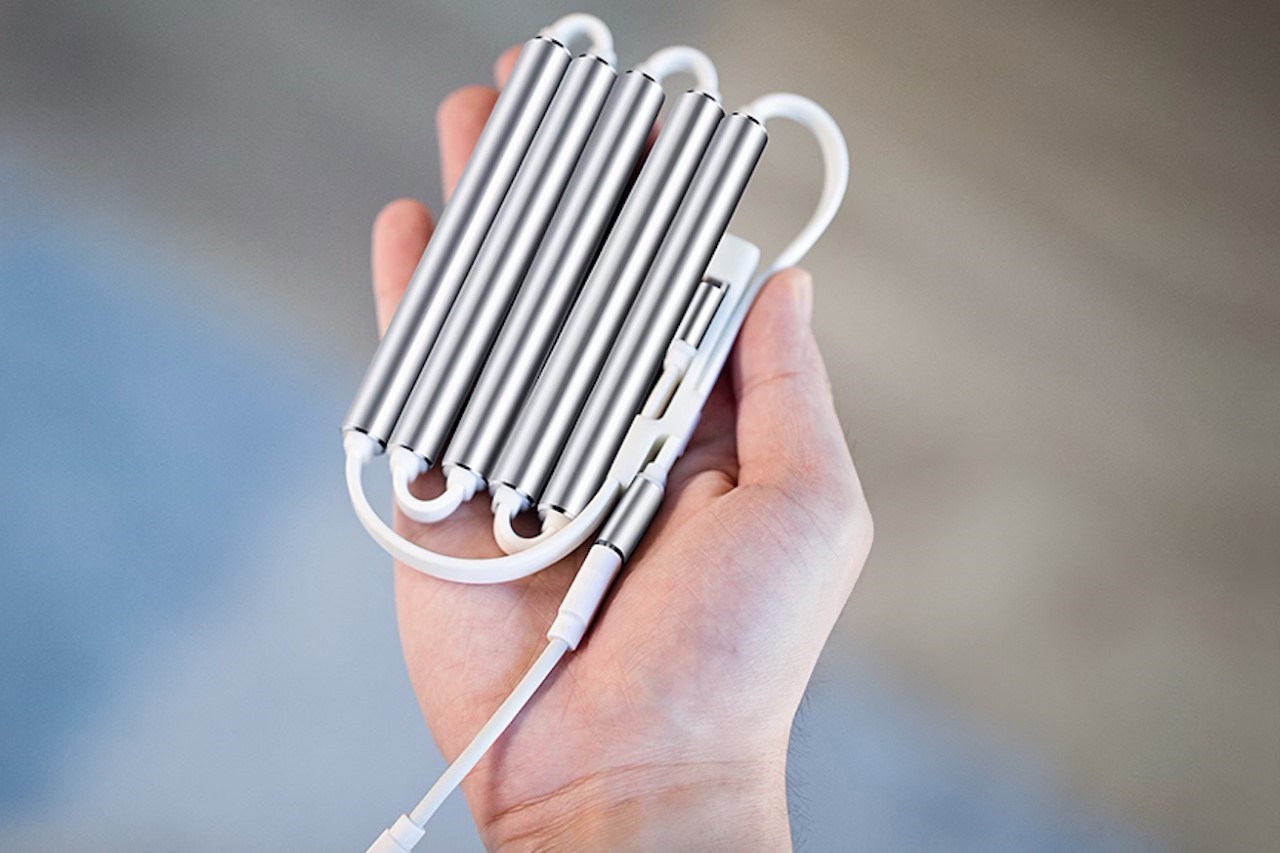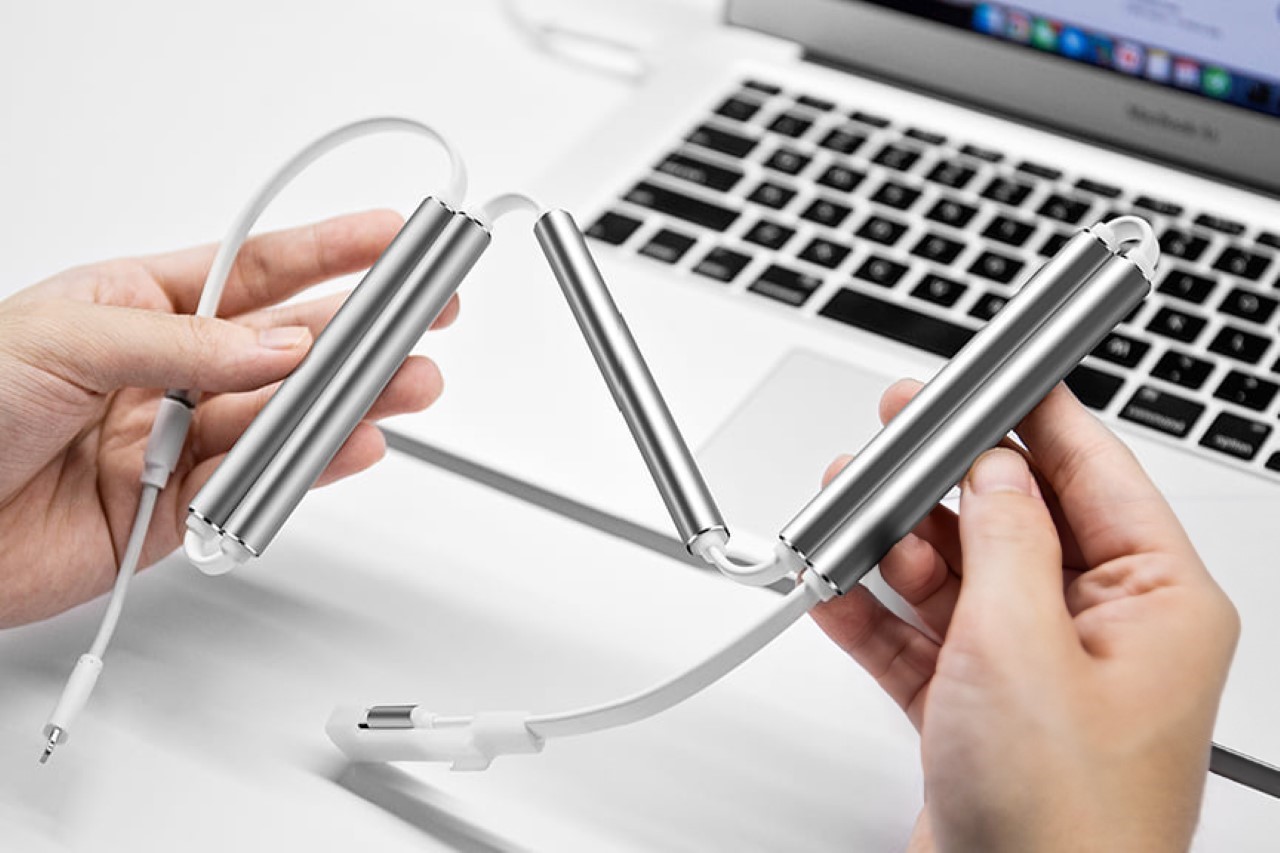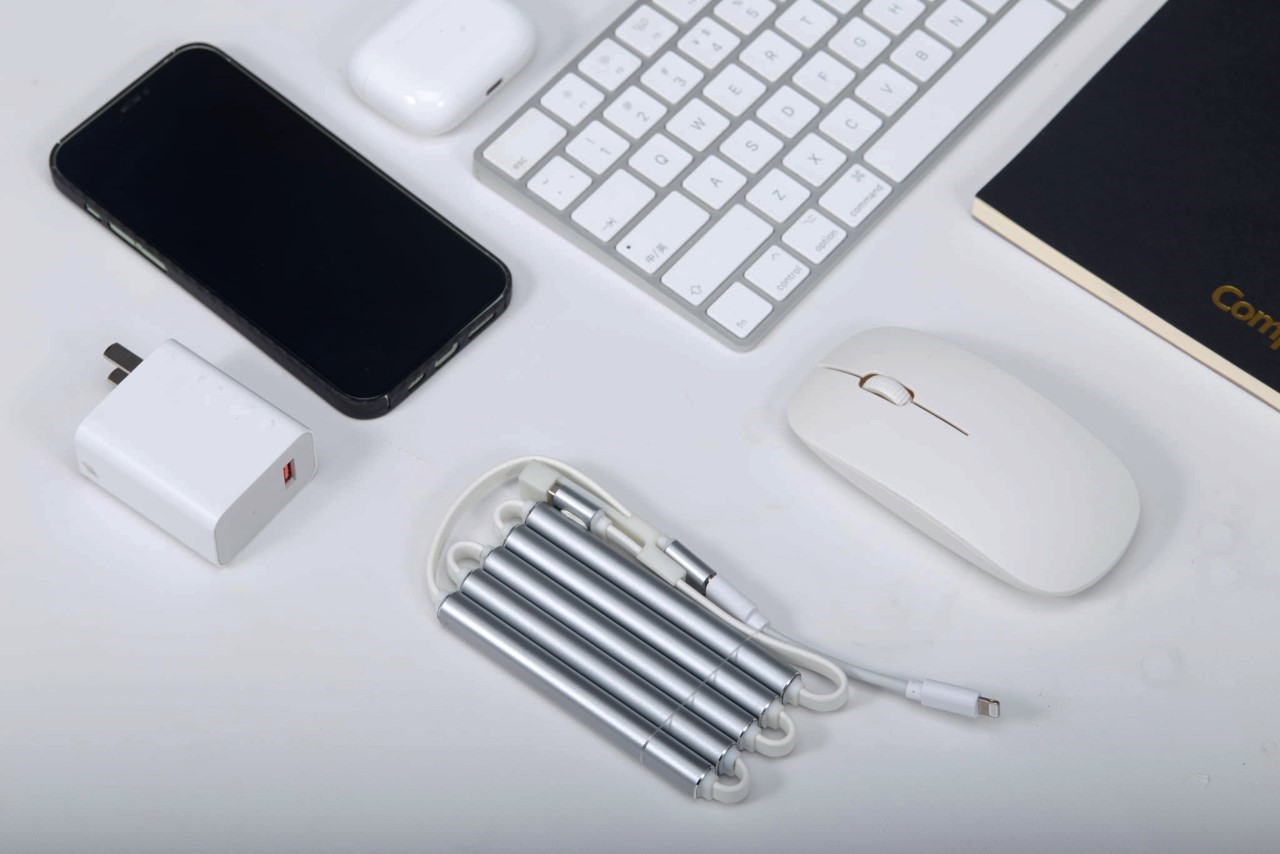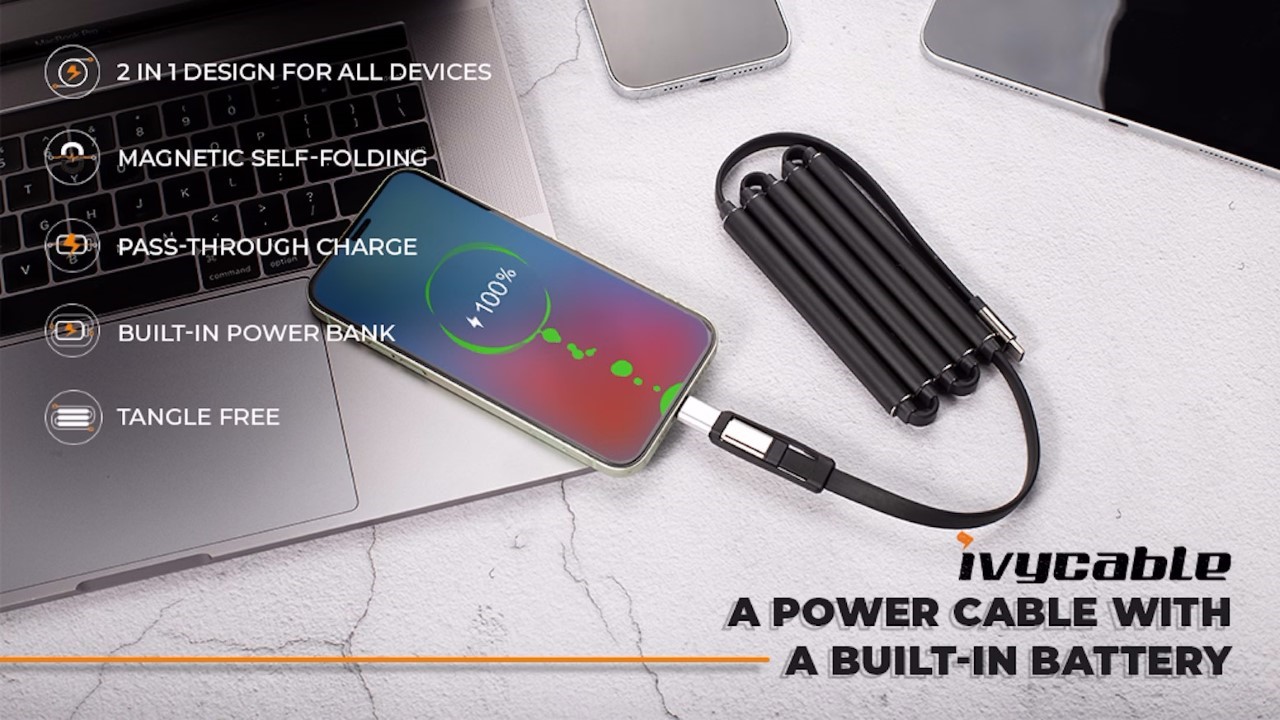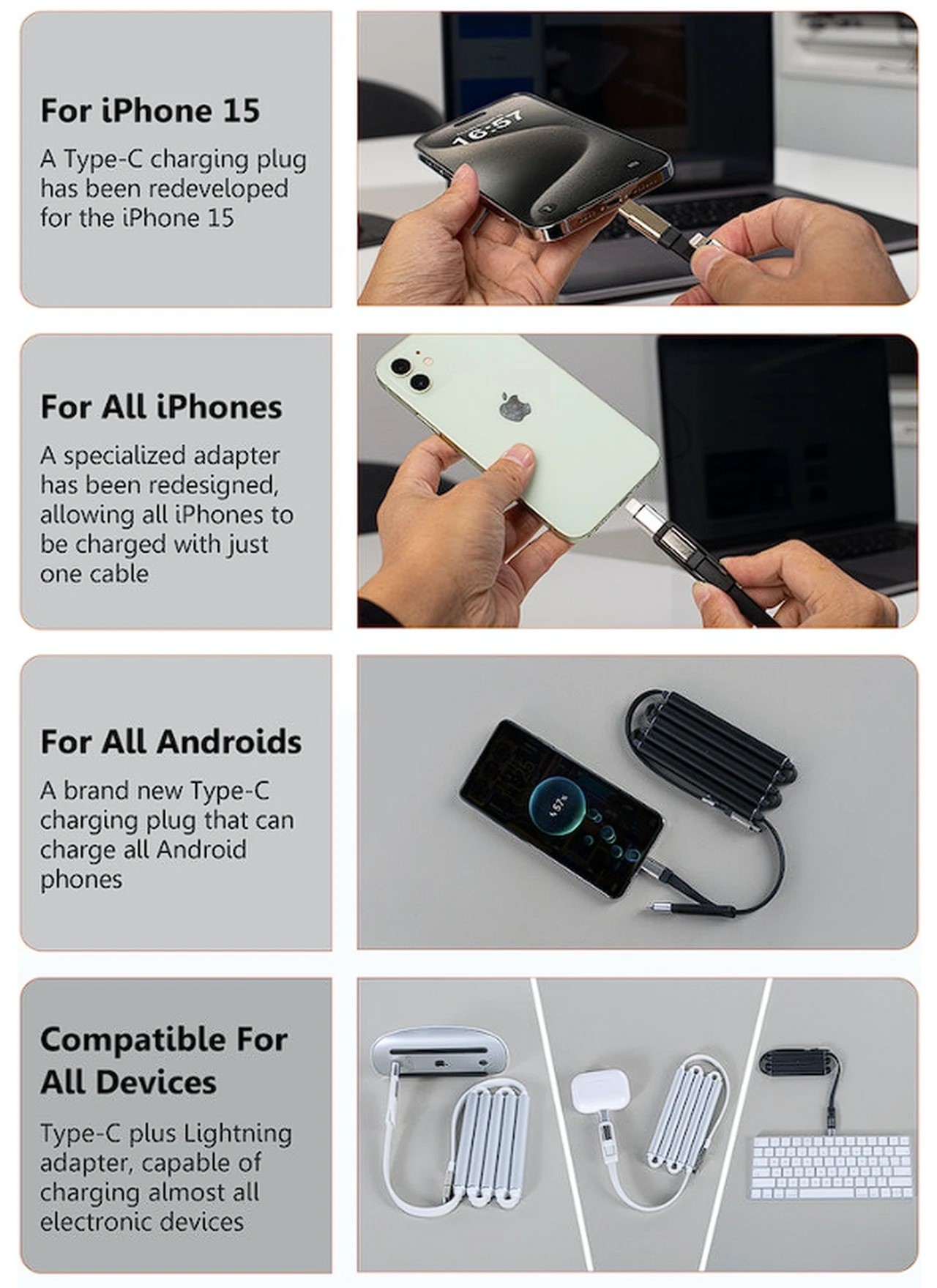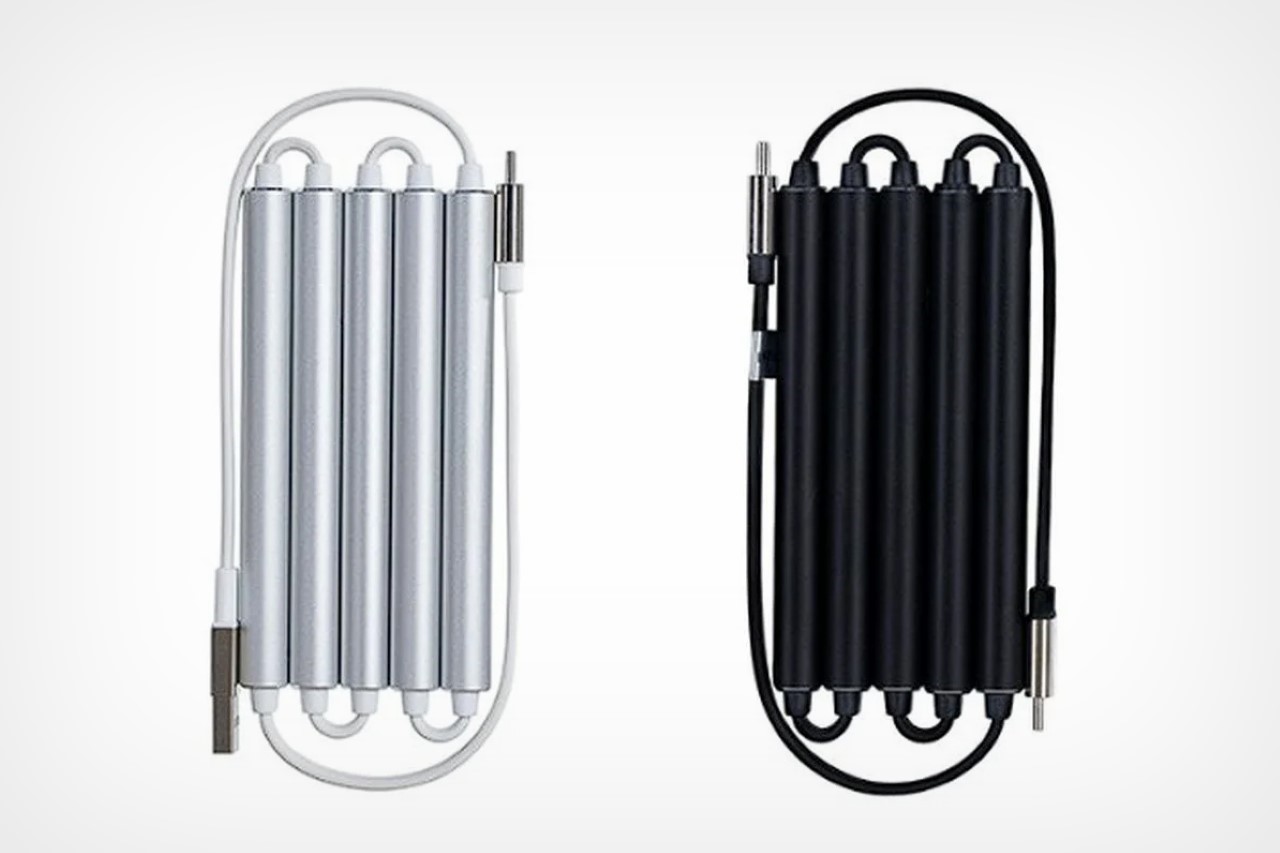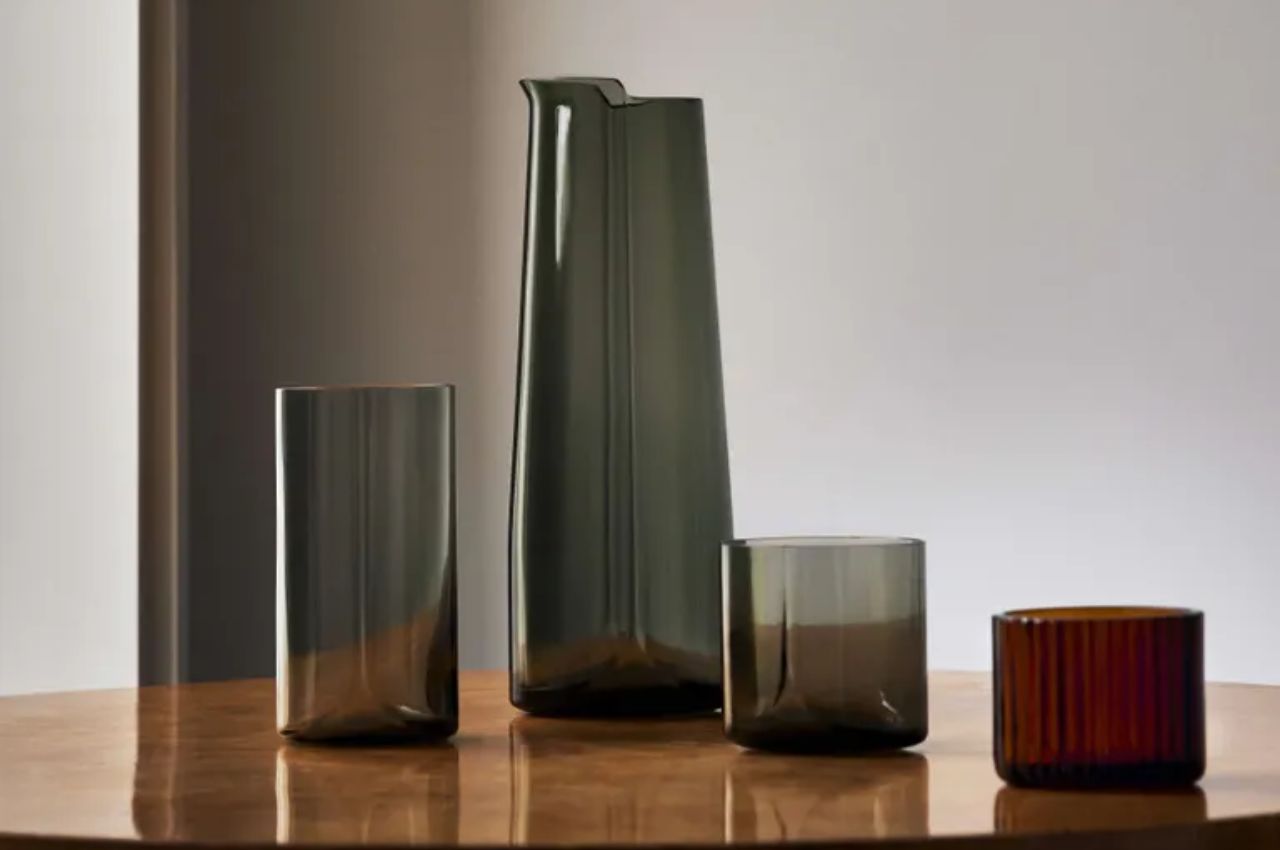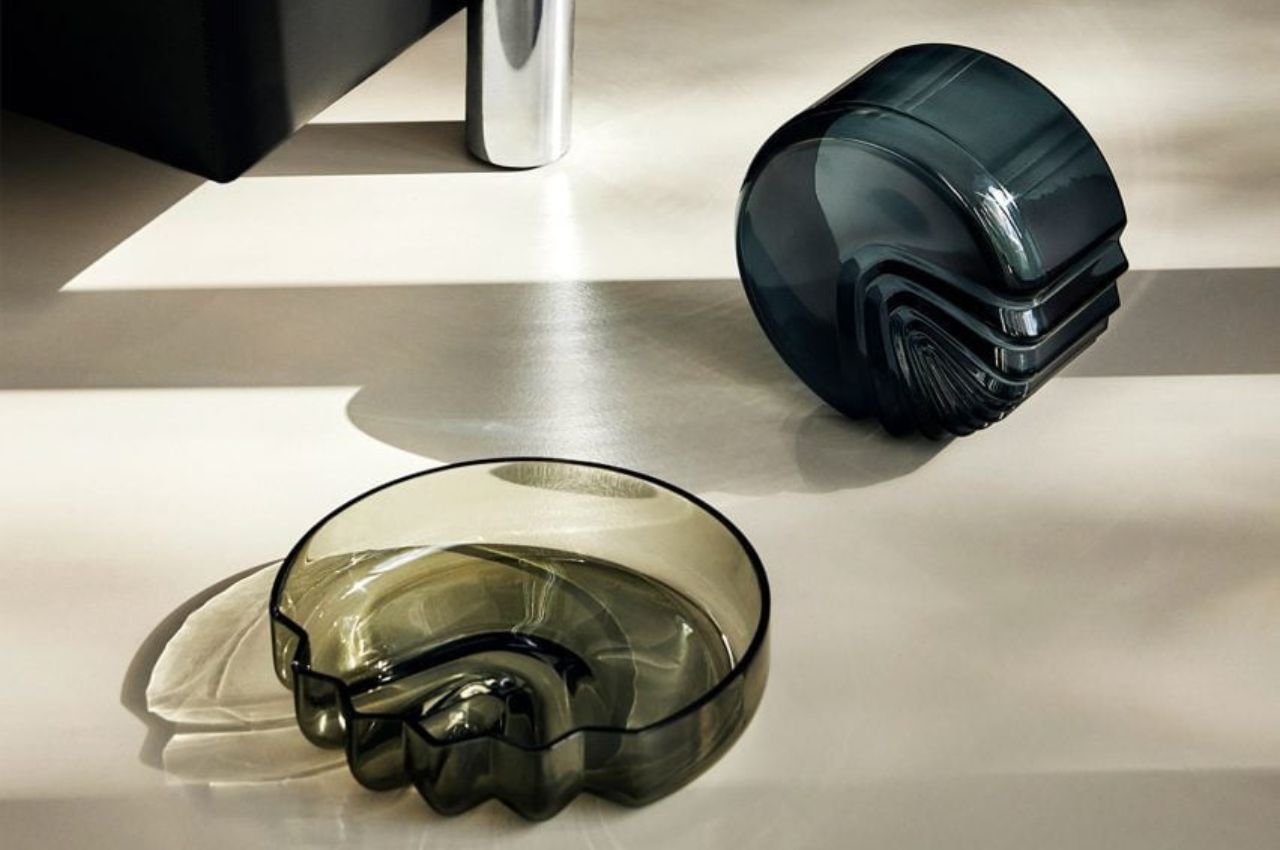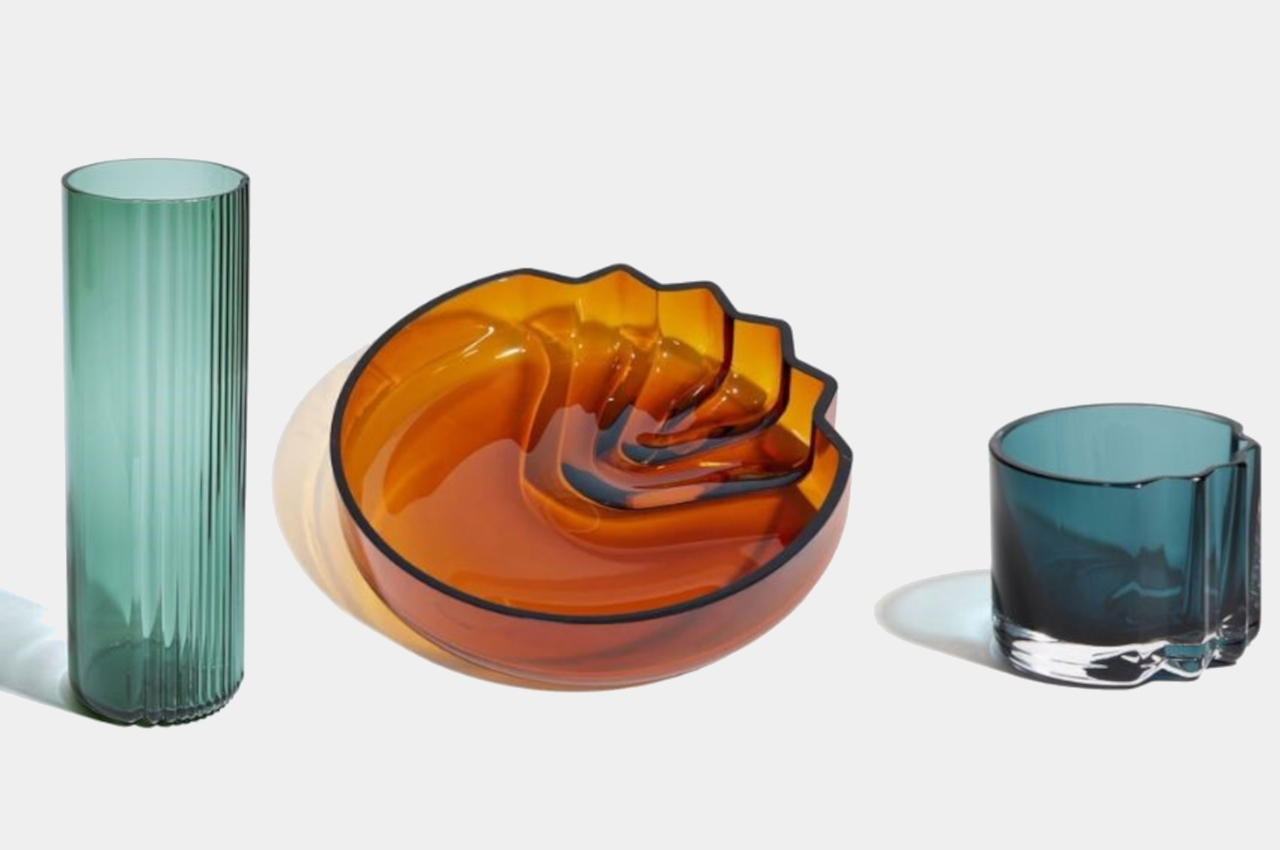
PROS:
- Engaging handling
- Comfort seating
- Plenty of storage
CONS:
- Range still a bit short
- No hands-off tech
EDITOR'S QUOTE:
A refresh that moves Audi's E-Tron forward in all the right directions.
As far as EVs go, the E-Tron has been around long enough to have seen a few things. Debuting back in 2018, Audi’s first battery-powered ride was a great car in many ways, but it also felt lacking in others. Most notably, its range was on the middling side and its handling made it a pleasant drive but far from a memorable one. Finally, there was the name: E-Tron. It just didn’t really fit in with anything Audi had done before or since.
For 2024, it’s back, and now it’s called the Q8 E-Tron. Despite the new name, now fitting squarely within Audi’s model taxonomy, this is actually a subtle refresh. It’s so subtle that you’d be forgiven for not being able to identify the new car from the old were they sitting side-by-side. But, after having driven both quite extensively, I’m happy to say it’s a refresh that moves the car forward in all the right directions — though perhaps not far enough in some.

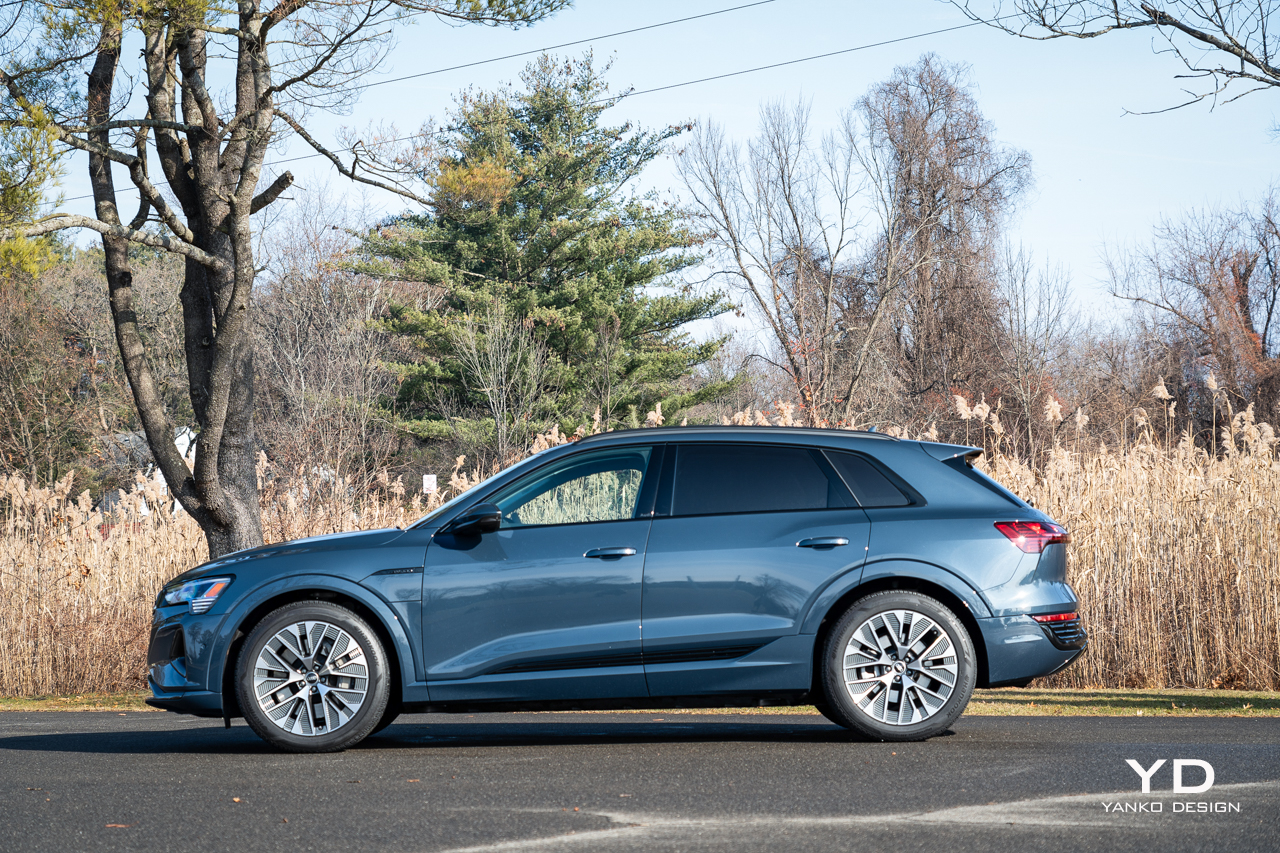
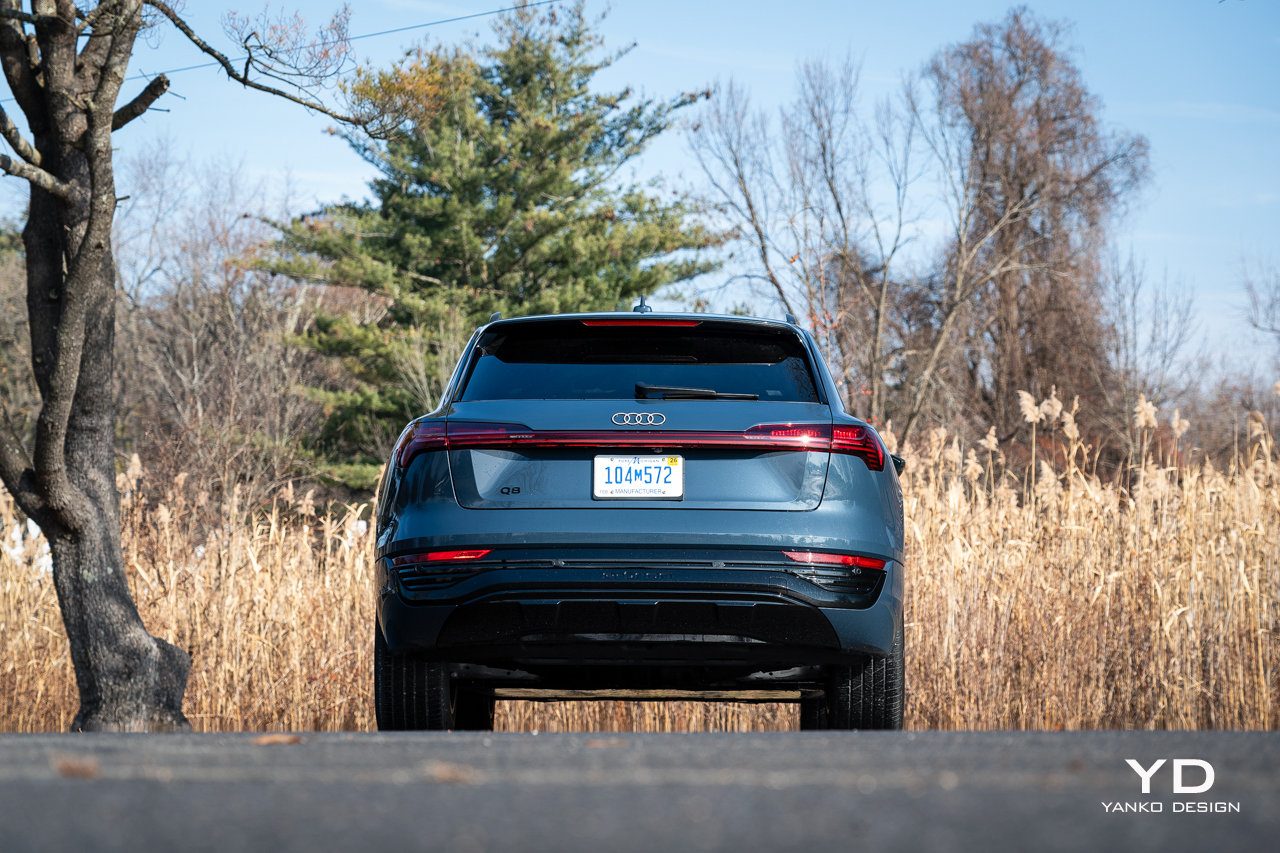
By the numbers
The Q8 E-Tron is, like before, a five-passenger SUV that, to my eye, looks more like a tall station wagon. Its height of 64.3 inches splits the difference quite handily between the regular Q8 SUV and the A8 sedan, so it really is its own thing.
It’s available in three trims, with starting prices in the U.S. just under $75,000 on the low end and $85,000 on the high end. The car tested here is a Prestige trim with just a few options added.
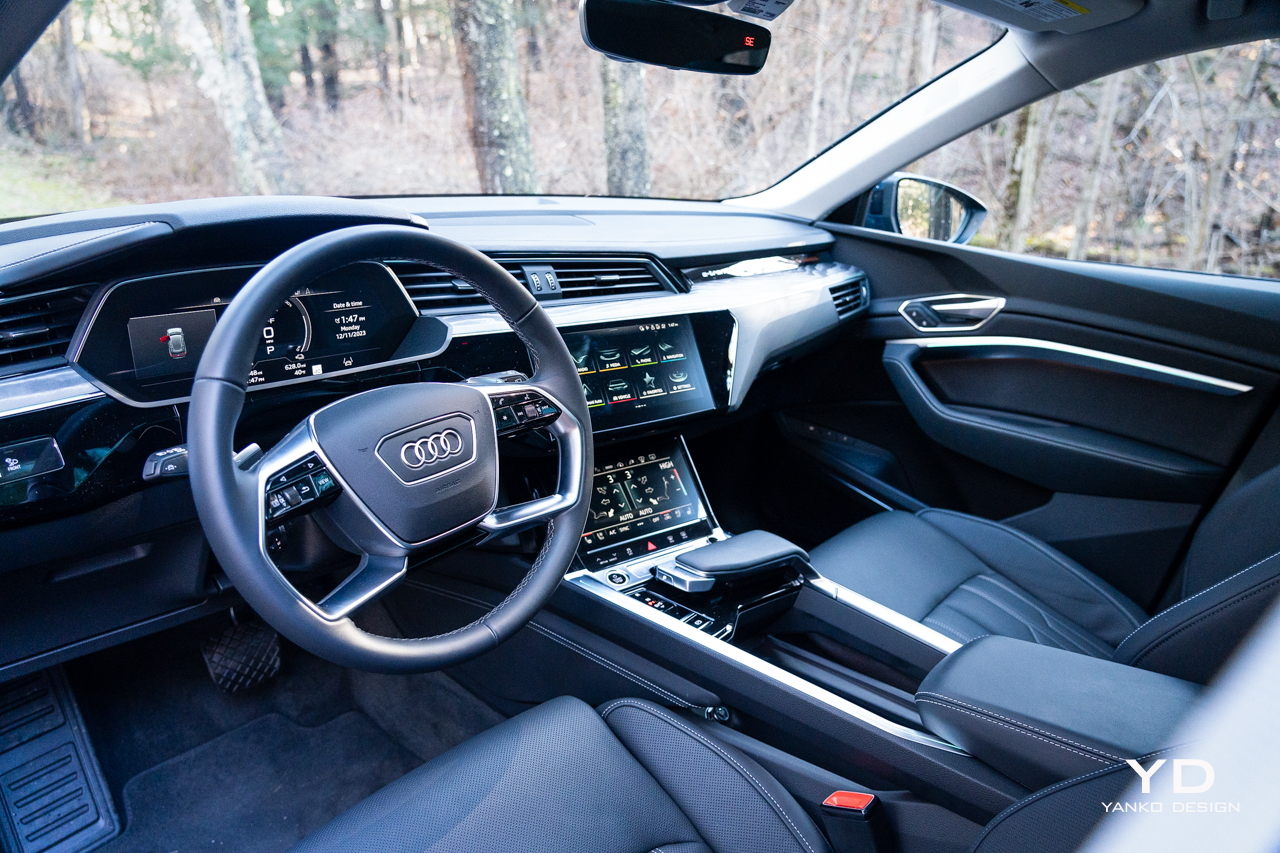

It has a dual-motor all-wheel-drive system offering a total system output of 402 horsepower and 490 pound-feet of torque. The range from the new and larger 114-kilowatt-hour battery is 285 miles per the EPA, while the maximum charging rate is 170 kW. In my testing, I didn’t come anywhere near that EPA rating, averaging 2.3 miles per kilowatt hour at best, for an estimated 243 miles from the 106 usable kWh in that new battery.

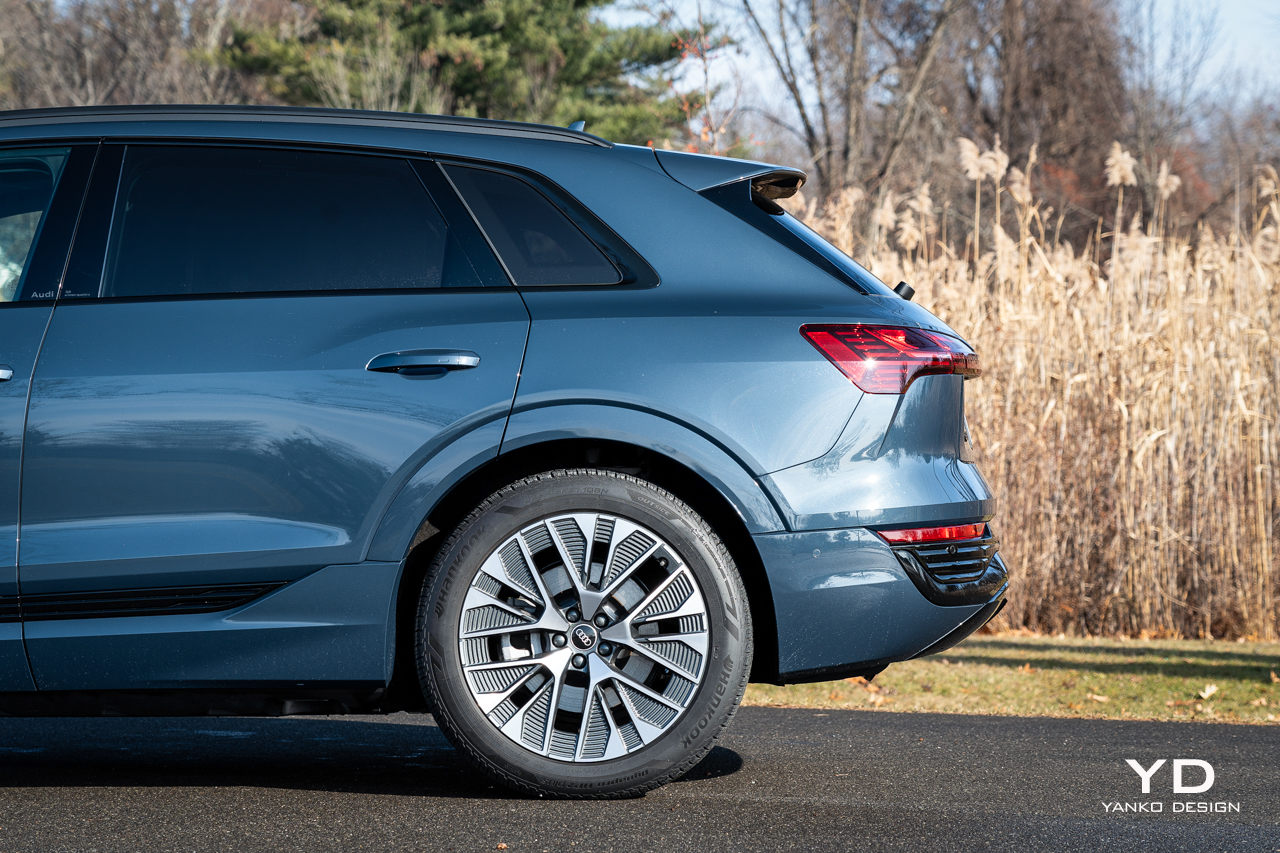
But don’t hold that against it. I did all my testing in the winter months, and that result is actually quite good given the low temperatures. Even the best EVs hate the cold. In the summer, I have no doubt that drivers will meet or exceed that EPA figure.
More importantly, the Q8 E-Tron did an excellent job of providing accurate, reliable range estimates based on weather conditions and terrain, something that many other EV makes still struggle with.

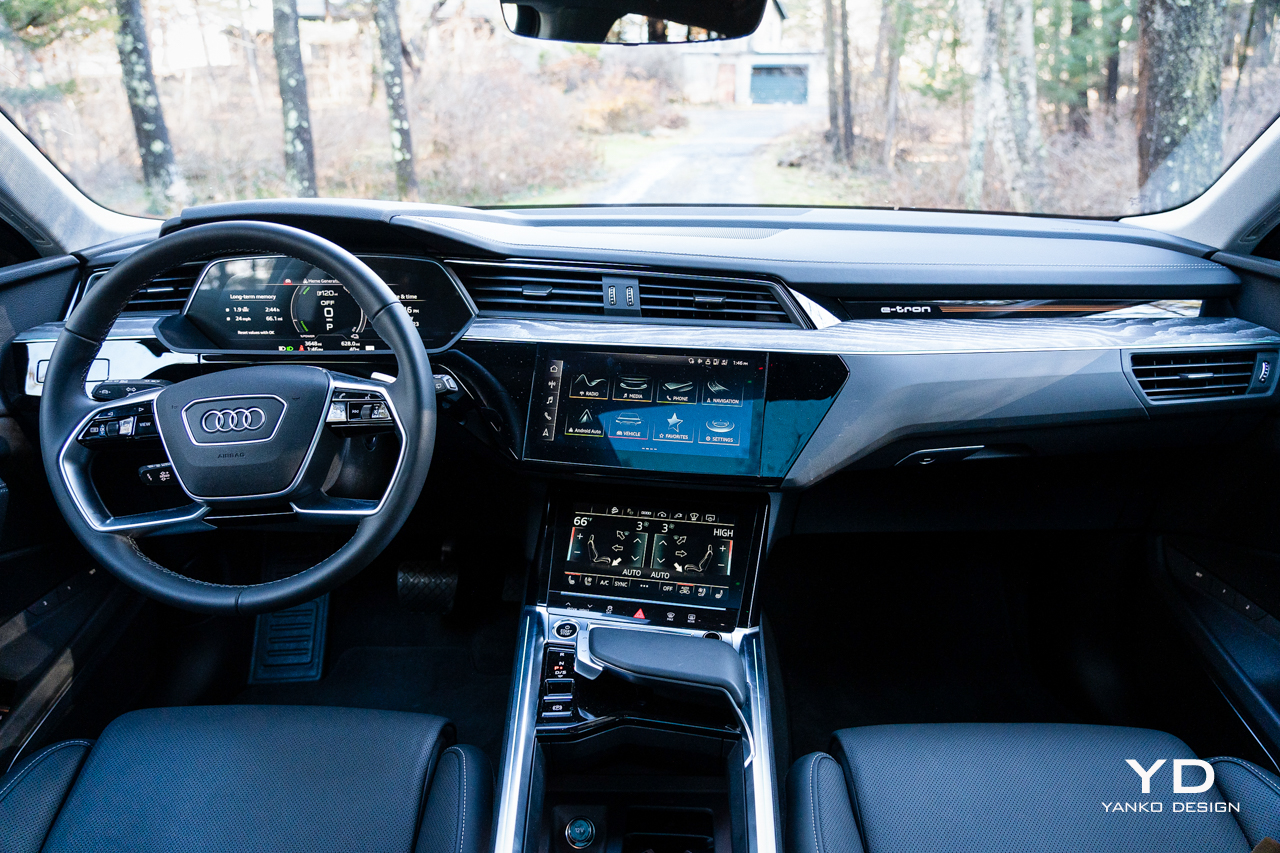
Deja-Q
Squint, and you’ll hardly be able to tell the difference between the Q8 and the E-Tron that came before. Put on your glasses, and the differences are still easy to miss. The highlights are definitely in the front facia, which is sharper, cleaner, and fresher than before. Revised lighting, too, makes the Q8 E-Tron have a subtly greater presence than before.
New 20-inch wheels also provide more visual intrigue from the side without compromising ride quality too much, but the overall visual aesthetic of the Q8 is still very much an understated one. That’s doubly so, thanks to a decidedly muted selection of colors. The shade you see here, Plasma Blue, is the most dramatic of the bunch, and yet it easily blends into your average parking lot palette.
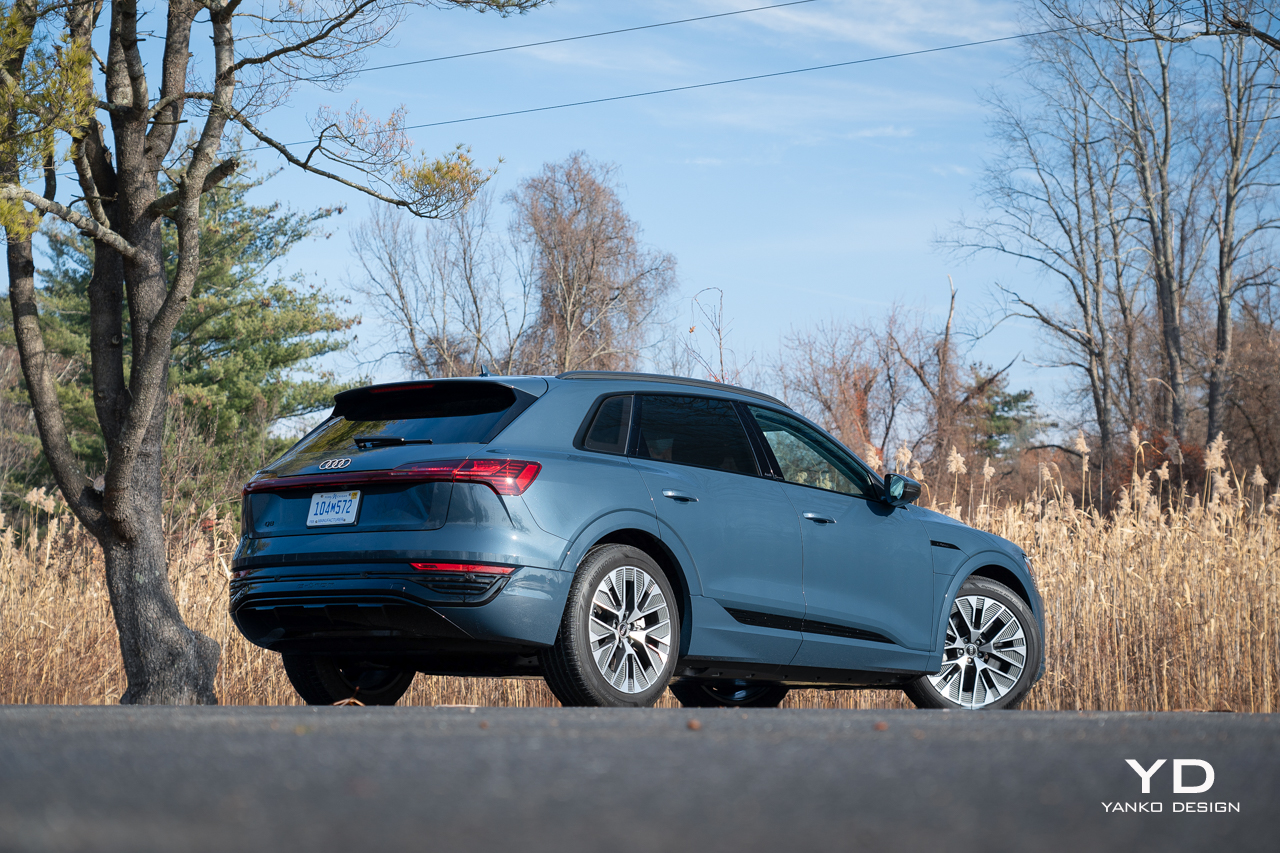
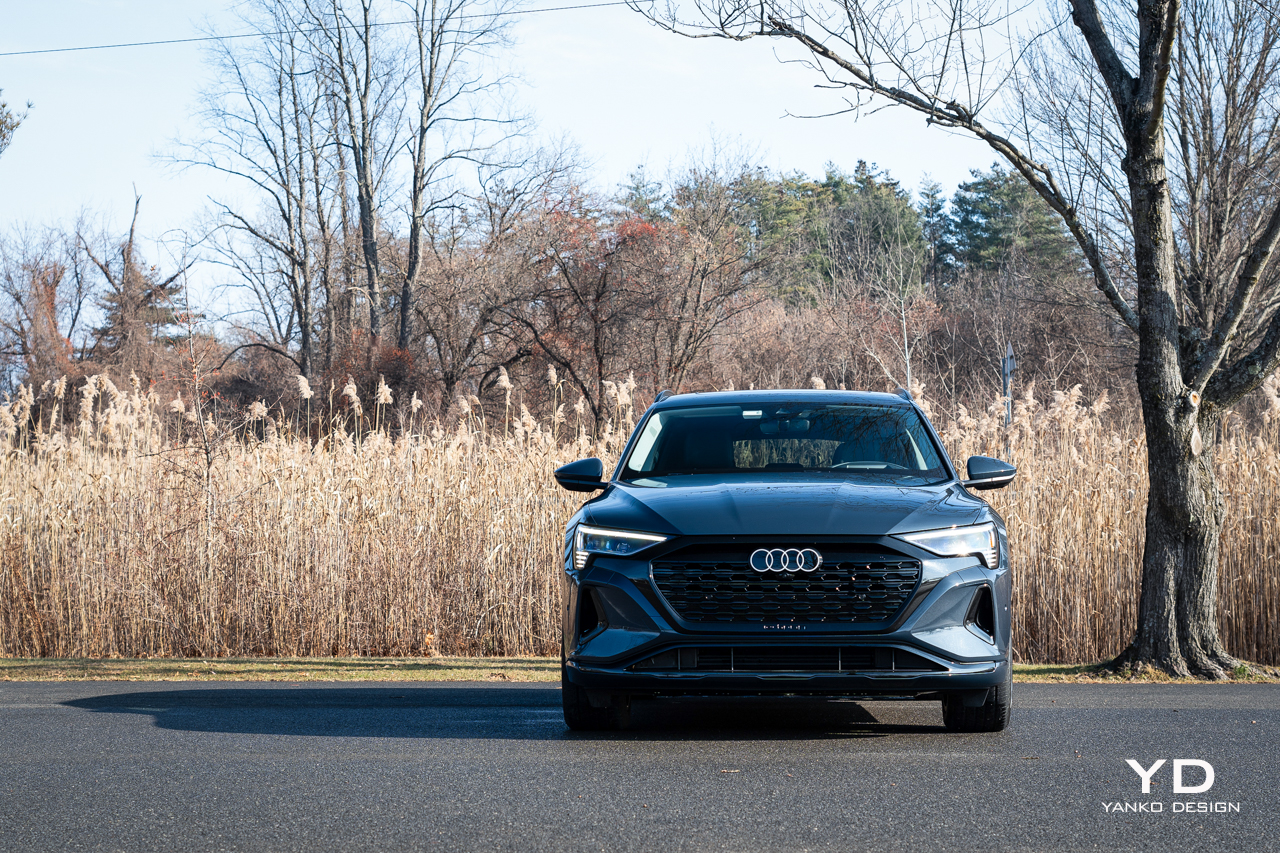
Even less has changed on the inside, and that doesn’t bother me so much. The original E-Tron’s interior was a standout, and while it’s perhaps a bit familiar now, it still delivers in all the right ways. It also still bears the indentations in the door cars where the digital side-view mirrors would live in the American version of the Q8 E-Tron, were they legal. Five years after the original E-Tron’s launch, they’re still not.
Though mostly dark and dominated by soft-touch rubbers and plenty of harder, harsher stuff, the look is clean, and everything feels durable. The slash of open-pore wood across the dash, though desaturated and still not providing much visual flare, does at least add some organic appeal to what would otherwise be too cold a space. (Brown leather is also on offer, as well as off-white.)

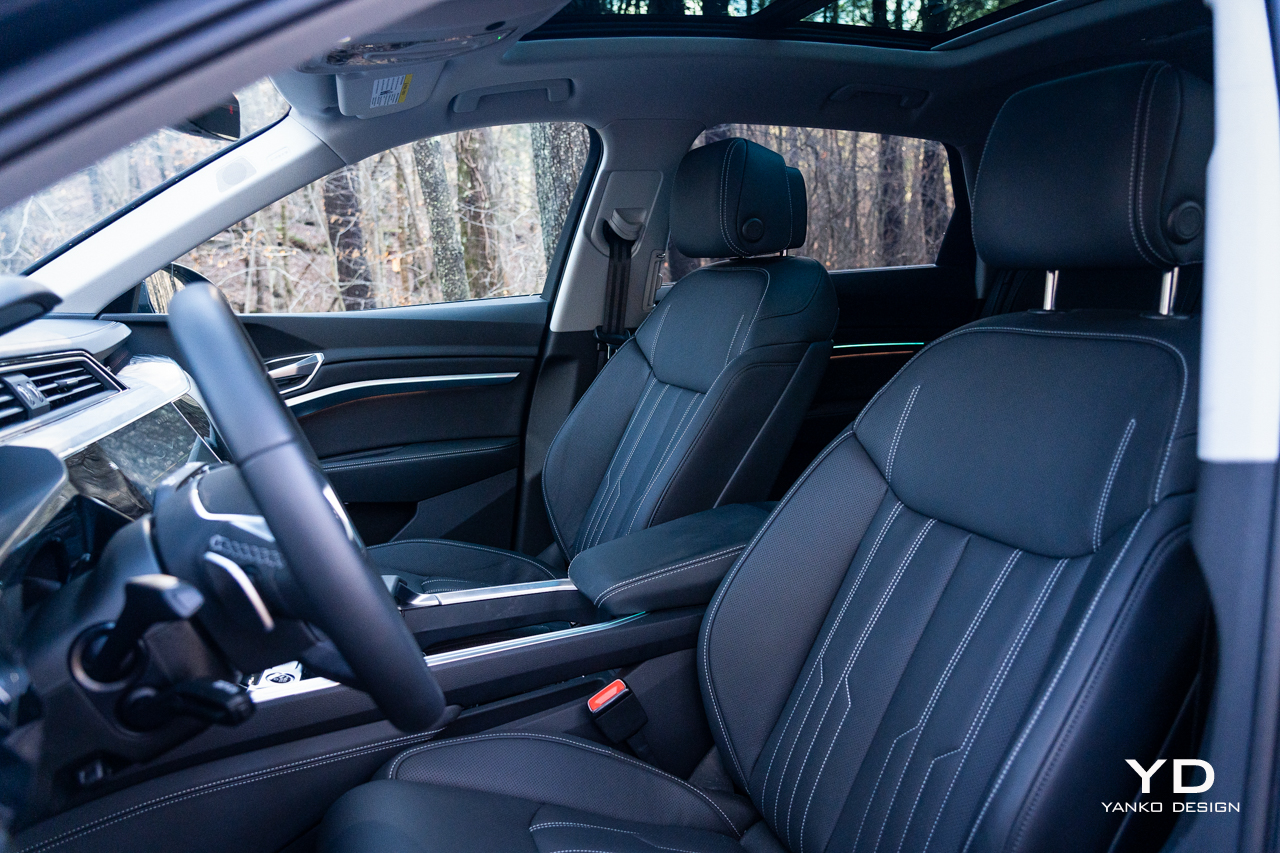
The primary interface is a pair of touchscreens stacked vertically. The lower is primarily dedicated to HVAC controls and other features like smart home integration, charging, and toggling hill descent control.
The touchscreen above is the more significant of the two, where the bulk of Audi’s MMI lives and where either Apple CarPlay or Android Auto will be wirelessly displayed should you choose to enable it. To the left, there’s Audi’s Virtual Cockpit Plus, augmented further by a heads-up display.
That’s plenty of displays for sure. Though this version of MMI feels more than a little dated at this point, its voice recognition in particular offering little assistance compared to the more recent offerings from BMW or Mercedes-Benz. That said, it’s quick and easy to use, and the haptic pulse received when selecting touch controls is still a pleasant thing.

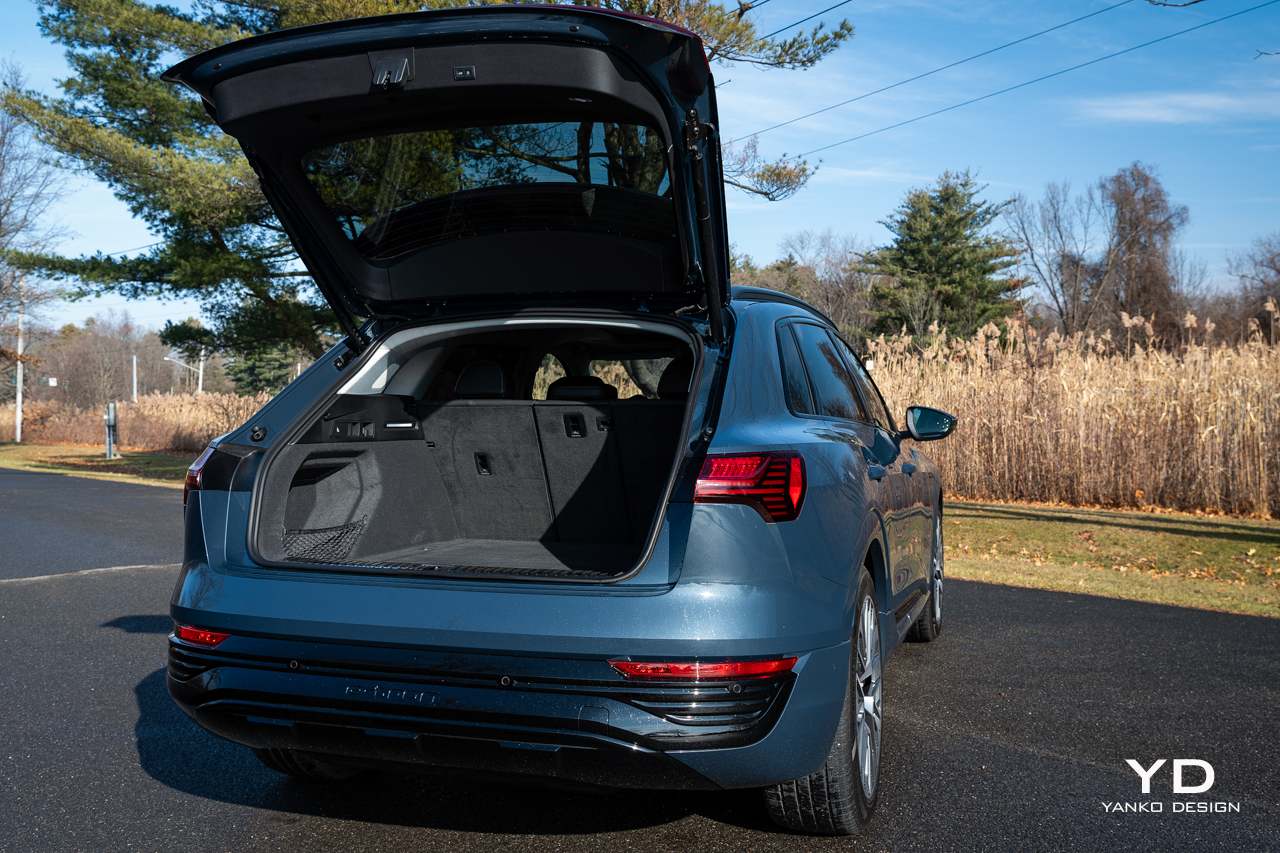

Interior comfort
At 193.5 inches long, the Q8 E-Tron is a big car, and it makes use of that volume by offering comfortable seating in the front or the rear. Out back, there’s plenty of legroom and headroom, plus a pair of USB-C ports and dedicated controls for rear HVAC, plus heating the rear seats.
Front seats add ventilation, and while the cooling isn’t particularly effective, the heating is certainly the more important part of the equation, and there they do not disappoint. The heated steering wheel, however, could use a few more watts.
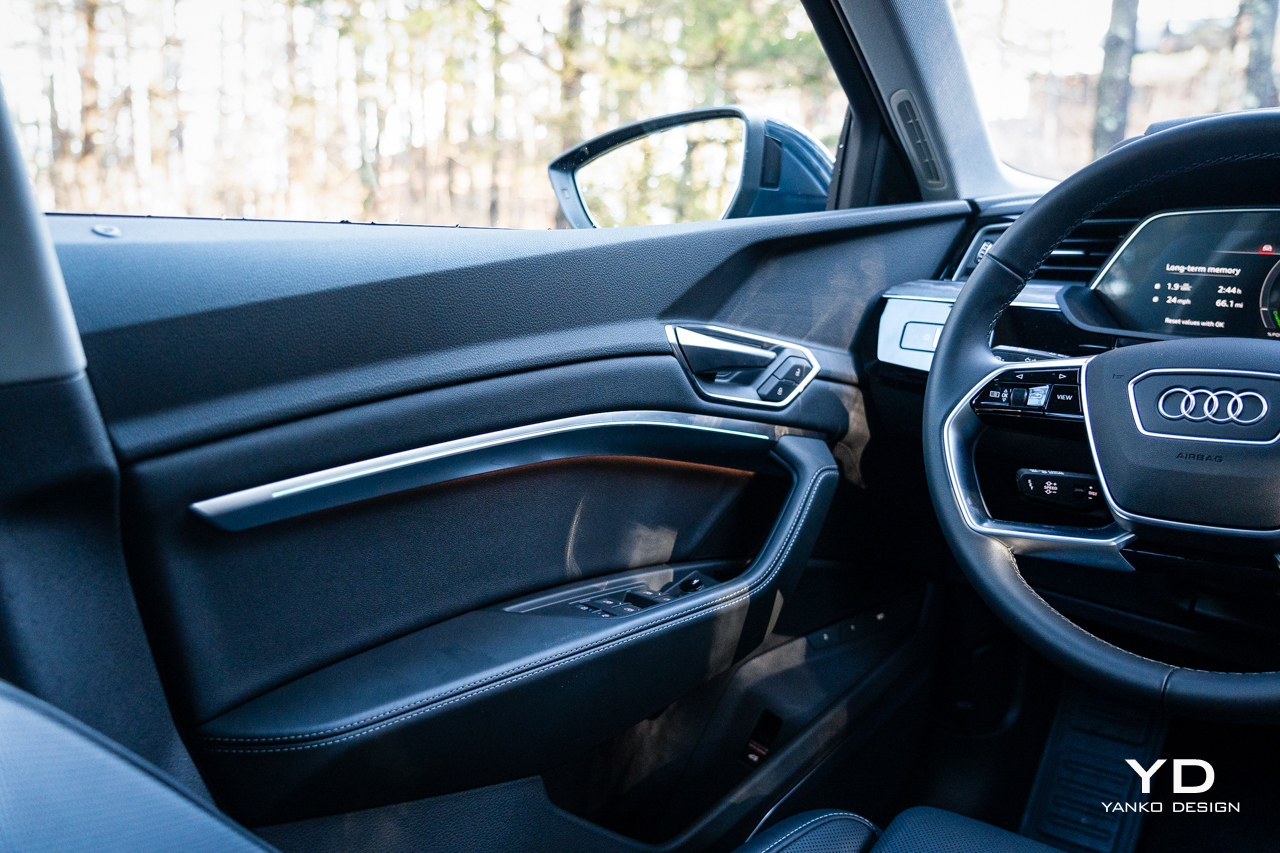

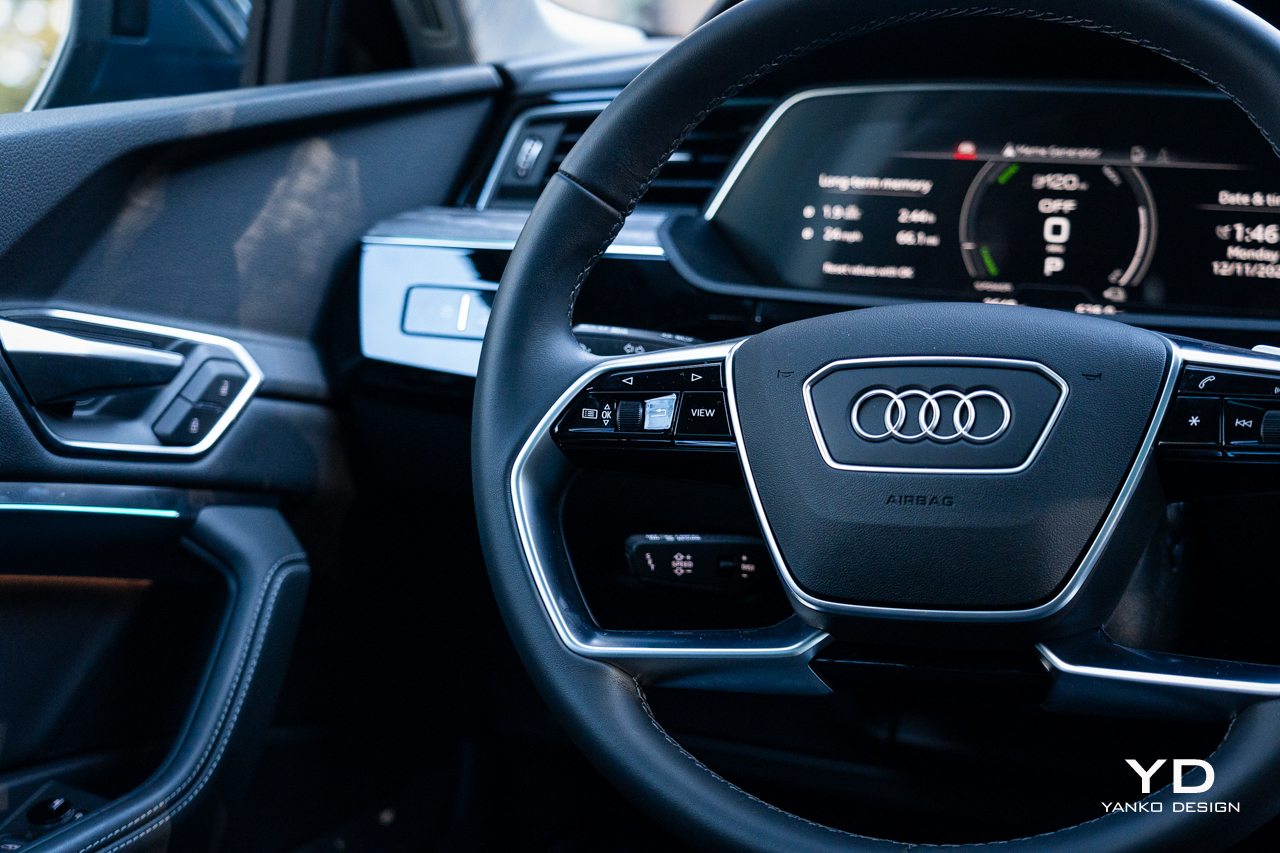
Front seats are power-adjustable, with two memory settings, and visibility from the driver’s seat is quite good. The shaping of the A-pillars keeps them from blocking too much of your perspective, while the panoramic sunroof above helps keep things looking lighter and brighter than the dark materials otherwise would.
In practical terms, 28.5 cubic feet of cargo space make for a very livable machine. Fold the split rear seats, which flop down at the pull of a lever at the back of the cargo compartment, and you’re greeted with an expansive 56.4 cubic feet of space. Plenty for the most indulgent of trips to the big-box shops.

The drive
The outgoing E-Tron was pleasant to drive, calm and relaxed, quite nicely composed on the sorts of roads that will try the best of suspension systems. The revised Q8 E-Tron, I’m pleased to say, has lost none of that valuable, though ultimately forgettable demeanor.
What’s added is a surprising amount of engagement. The Q8 E-Tron, when pushed hard and toggled over to Sport mode, is quite fun to drive. No, we’re not coming close to the levels offered even by any member of Audi’s RS family. Still, revised steering and some subtle suspension tweaks help make for a car that’s eager when the road turns away from you.
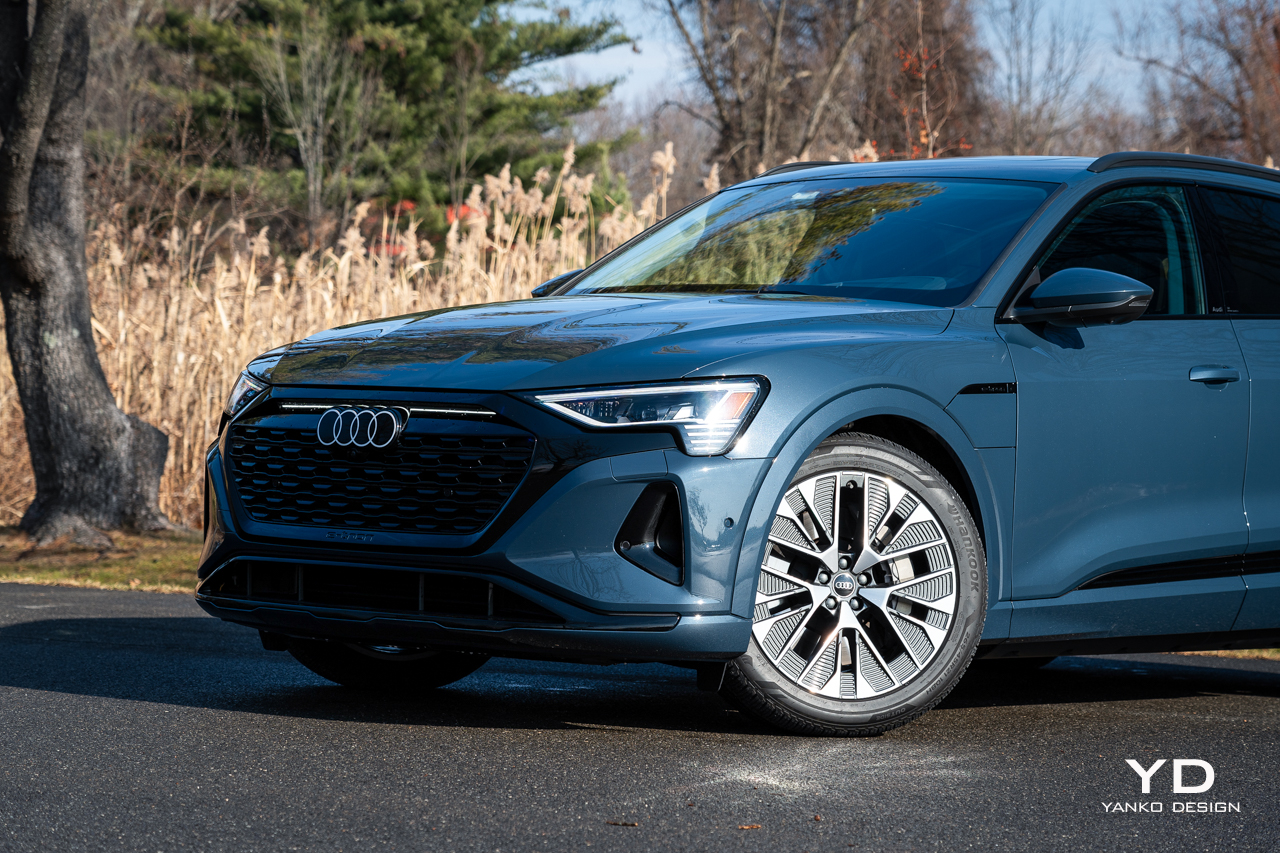
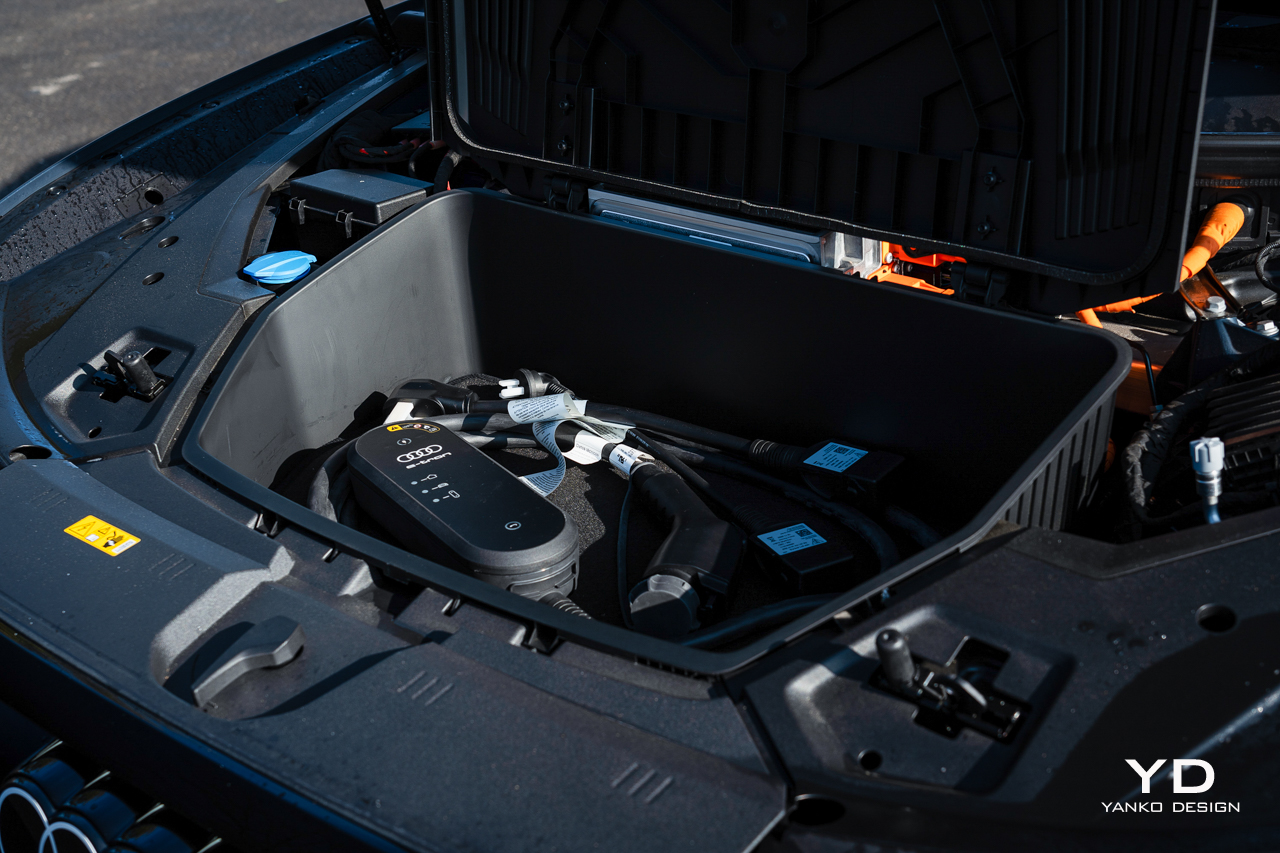
It’s also eager when that road is straight and narrow. The new Q8 E-Tron feels even quicker than its 402 hp. To get maximum power, you need to be in Sport mode, where the throttle is sharpest. The Q8 E-Tron is genuinely eager, so eager that you’ll only want to deploy that mode when you’re by yourself, lest you threaten the patience — or the stomachs — of anyone else in the car.
They won’t have to worry about getting car sick from excessive regenerative braking, though. Like the old E-Tron, the Q8 doesn’t have much to offer. Tap the left paddle a few times to enable maximum regen, but the maximum is barely any. Audi’s dogged dislike of one-pedal driving continues, which continues to be a shame for any buyer who prefers not to step on the brake pedal so often.

Regarding safety systems, the Q8 E-Tron has a comprehensive stack, including automatic emergency braking, blind-spot monitoring with rear cross-traffic alerts, and a lane departure warning system. It was enough to earn it an IIHS Top Safety Pick+ award.
However, where more and more competitors offer hands-off highway driving, this SUV is still very much in the hands-on mode. Its lane-keep system also got a little confused when approaching exit ramps where the right painted lines split off to make room for the exit, resulting in an occasional, uncomfortable lurch. But the adaptive cruise worked well, always identifying and reacting to traffic early and smoothly.
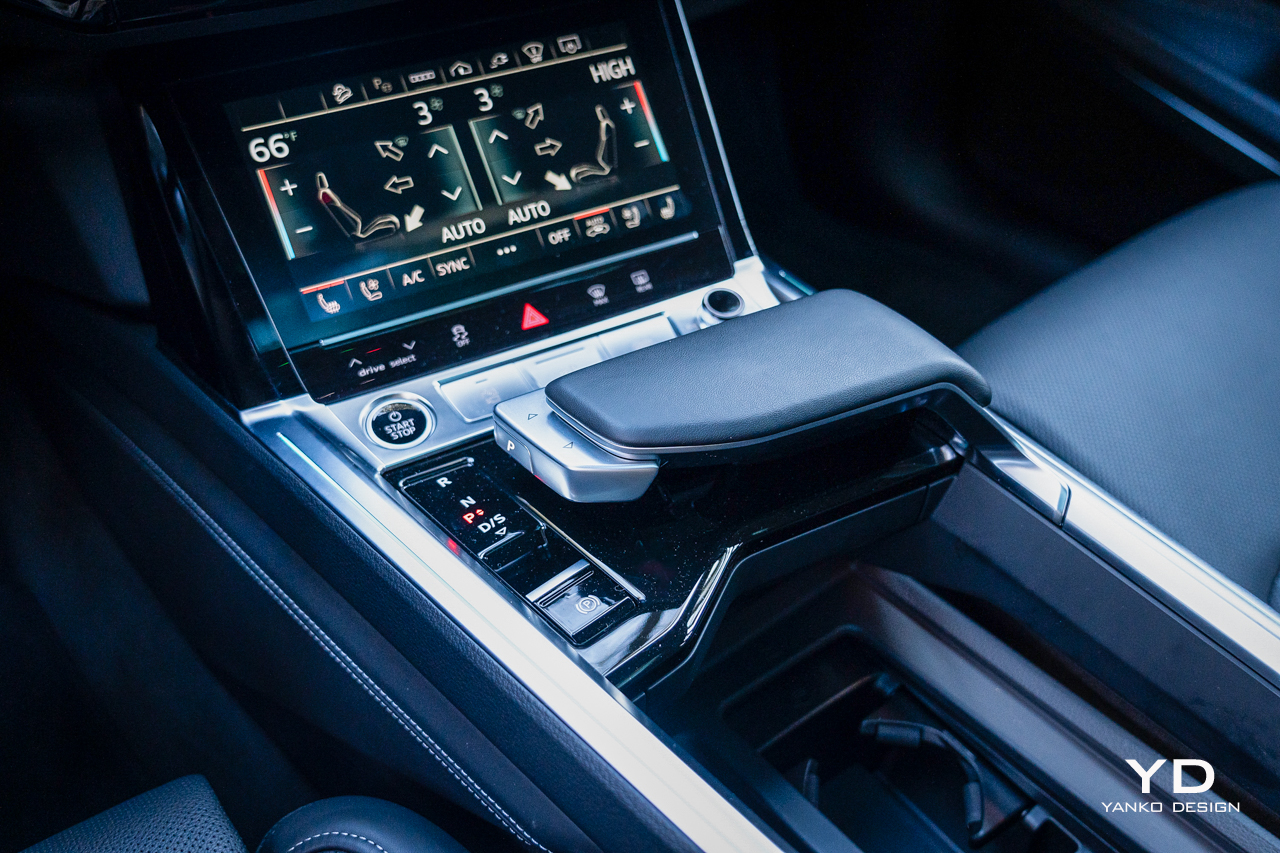
Options and pricing
The 2024 Audi Q8 E-Tron you see here had a starting MSRP of $74,400, while the Prestige package added a further $10,400. Compared to the base Q8 E-Tron, Premium Plus adds on the better Bang & Olufsen sound system, ventilated front seats, and the 360 camera. Prestige steps that up further with a basic massaging system on those seats, which are now wrapped in higher-spec leather, with upgraded matrix lighting up front.
This car also blacked out much of the chrome with the $2,000 Black Optic Package, $400 for additional rear side airbags, and $595 for that Plasma Blue paint. Add on the $1,195 destination charge, and you have a final sticker price of $88,990.
That’s a comprehensively equipped and properly luxurious machine for that money. Really, it’s only the range that’s still a bit light compared to the competition, on par with something like the Mercedes-Benz EQE SUV’s 279 miles, but short of BMW’s iX, which offers 311 miles for comparable money. But, most buyers will find the E-Tron’s 285 miles plenty enough, and they’ll also find the Q8 to be a comfortable, upscale, and now subtly engaging all-electric SUV.
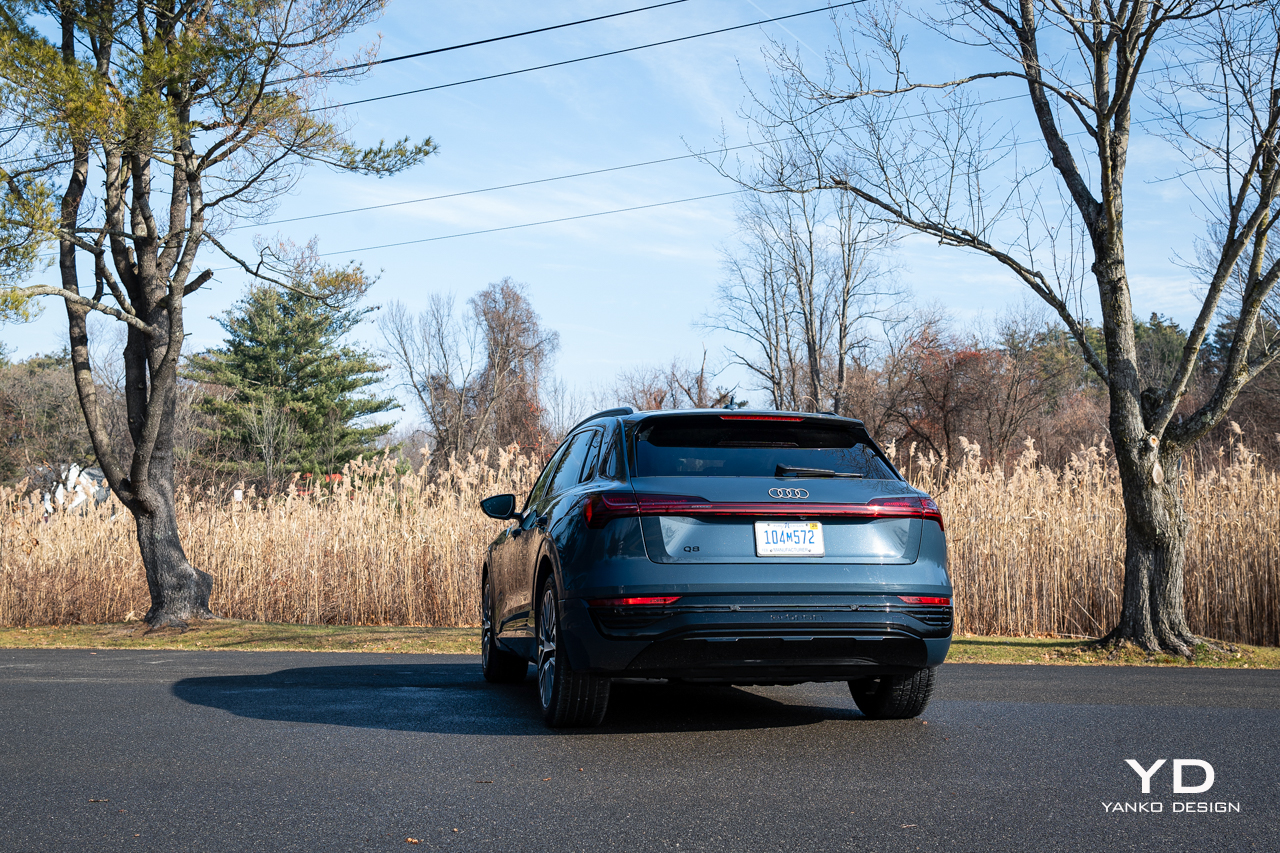

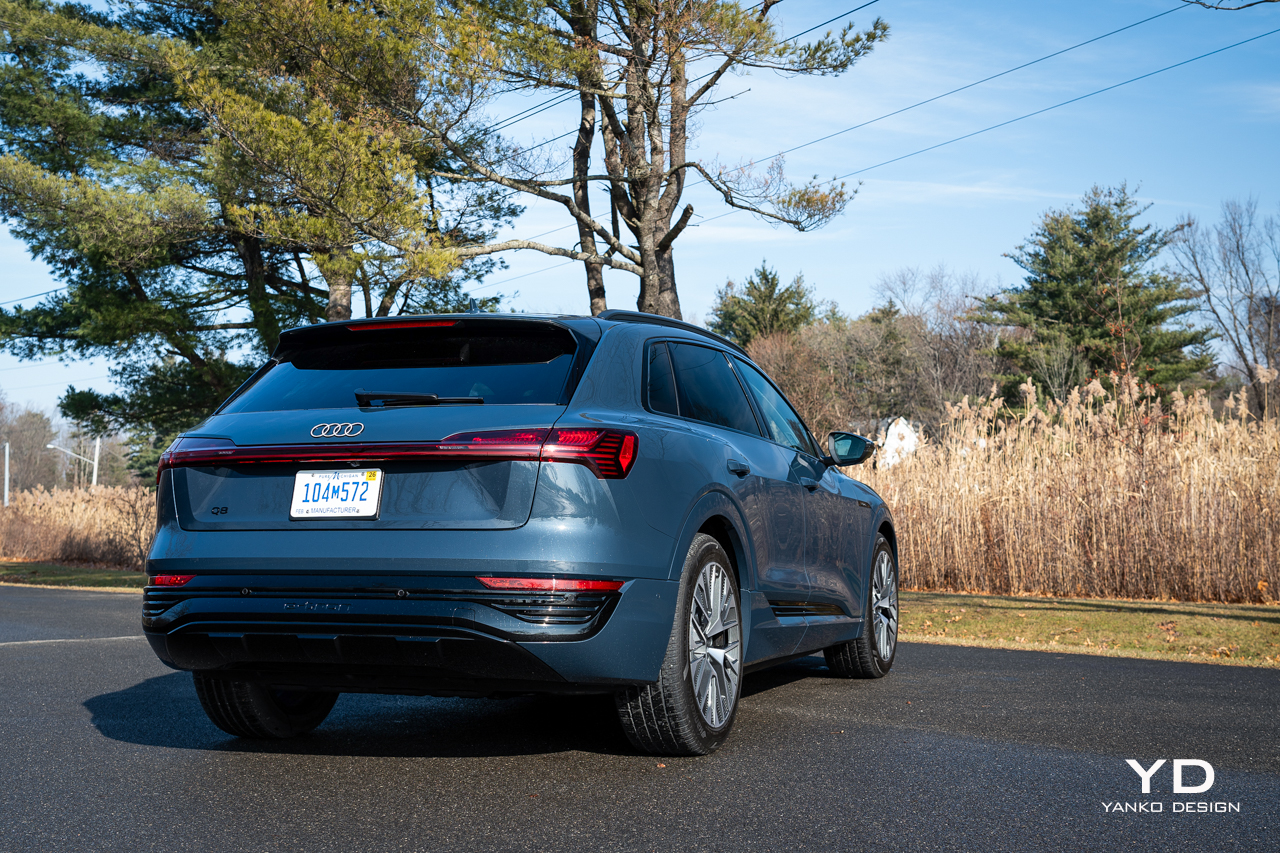


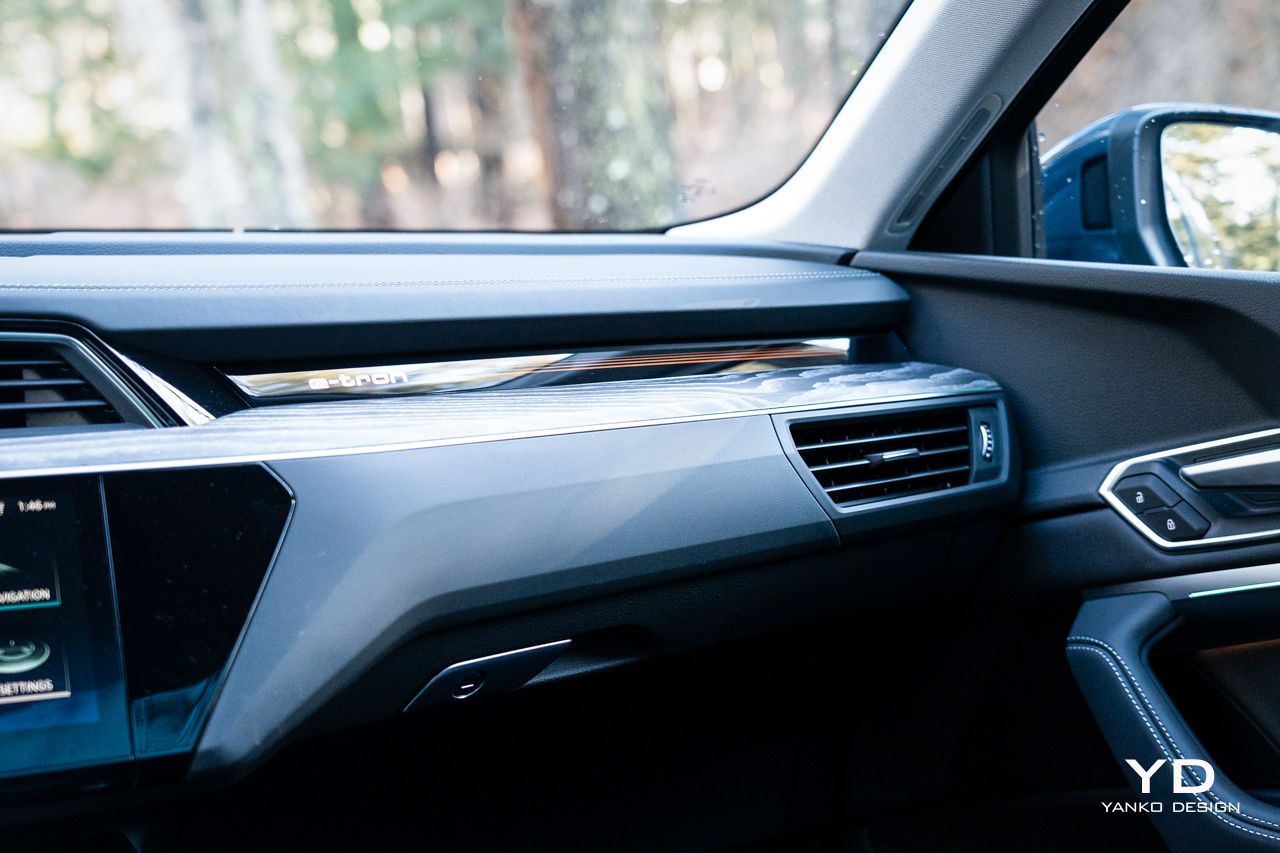


The post 2024 Audi Q8 E-Tron Review first appeared on Yanko Design.


